I spent three amazing weeks traveling through Italy last summer, and I’m still daydreaming about it! This country absolutely stole my heart with its incredible mix of history, art, and natural beauty that literally feels like wandering through an open-air museum.
Trust me when I say that Italy offers something for every type of traveler. I was blown away by the ancient ruins of Rome, got completely lost (in the best way) in Venice’s winding canals, shopped until I dropped in Milan’s elegant fashion districts, and fell in love with the dramatic coastline of the Amalfi Coast.

What makes Italy truly special is how each place has its own distinct personality and story. The tiny village I stumbled upon in Tuscany felt worlds apart from bustling Naples, yet both were undeniably, authentically Italian.
This isn’t just about checking tourist boxes – Italy pulls you in completely. I found myself having three-hour dinners with locals, learning to make pasta from an 80-year-old nonna, and discovering hidden beaches that weren’t in any guidebook.
Planning is definitely key to making the most of your Italian adventure! Whether you’re a history buff, foodie, art lover, or thrill-seeker, you’ll want to map out your must-sees before arriving.
One absolute lifesaver on my trip was using a Nomad eSIM for my phone. It meant I always had internet access for Google Maps (a necessity in those maze-like Italian cities!), restaurant recommendations, and posting jealousy-inducing photos without the hassle of switching physical SIM cards.
Let me walk you through everything you need to know to create your perfect Italian getaway – from the attractions worth your time, to transportation tips, accommodation recommendations, and how to eat your way through the country’s incredible regional cuisines!
1. Crafting the Perfect Itinerary: Where to Begin
Italy’s wide variety of attractions could make planning a trip seem overwhelming.
Knowing what you enjoy and how to pack your itinerary according to your travel habits. Each region offers something unique.
Famous destinations, plus off-the-beaten-path passages to your itinerary.
If you are a newcomer to Italy, you should also put Rome, Florence and Venice on your list.

Relive the elegance of the gone days in Rome, where the ancient ruins like the Colosseum, the Roman Forum present ancient history.
Florence is a place for art connoisseurs, as the Uffizi Gallery and the famous statue Michelangelo’s David are among the young sights.
Venice’s dizzying canals lend a captivating and romantic character.
But Italy’s magic doesn’t end here.
Explore the breathtaking Amalfi Coast for dramatic seaside views, or head to Sicily to taste Mediterranean charm.
In the north, Lake Como offers serene landscapes, while Milan stands as the fashion capital of Italy.
If you have more time, consider exploring Tuscany’s rolling vineyards or the charming villages of Cinque Terre.
2. Navigating Italy: Transportation Tips and Passes
The country’s transportation structure guarantees that visitors have numerous options to explore Italy.
Most visitors who pass through such areas use trains to move from one point to another.
If you’re travelling far, the Italo and Trenitalia high-speed trains are faster, while regional trains will allow you to admire the countryside from the window.
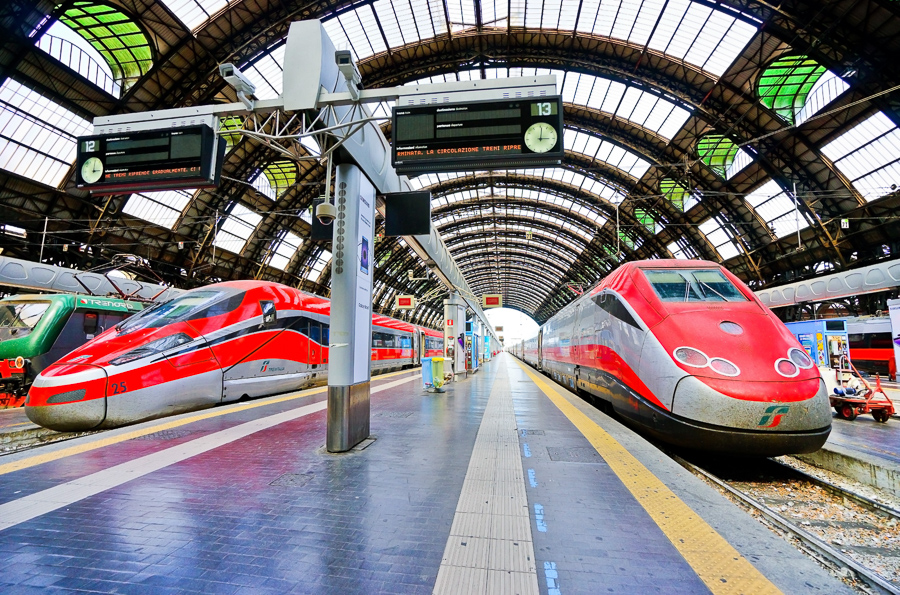
To eliminate stressing when determining train ticket costs later, buying an Italy Rail Pass permits unlimited train travel for several days is best.
Travel guides in Italian cities offer a cheap public transport network with buses, trams, and metro systems in all cities.
Taking over the wheel, you can navigate across Tuscany’s beautiful valleys, move along the stunning roads on the Amalfi Coast, or climb the steep slopes of the Dolomites.
However, traveling around in Italian cities by car, as a rule, is complicated due to the narrow streets and lack of free parking spots.
3. Accommodation Options: Where to Stay in Italy
It is very easy to choose accommodations in Italy that follow your budget and your taste in personal style.
In the most significant cities such as Rome, Milan and Florence, you will come across the best hotels with wonderful views, exquisite boutique hotels, or inexpensive accommodations for solo travelers.
To experience the place in full immersion, there is nothing like a family-run bed and breakfast, agriturismo, or villa outside the city.
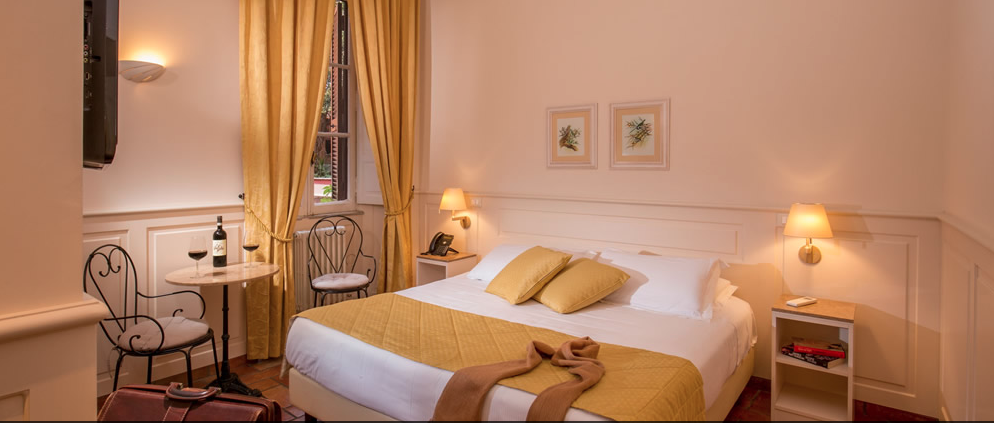
Airbnb and rental activities (for a holiday) are rising, especially with families and larger groups.
When travelling during busy times, such as during summer or the holiday season, making early accommodation reservations to get a room is advisable.
Properly plan your location when choosing an accommodation.
Keeping your residence near public transport makes it easier, while choosing a quieter area gives you the pleasure of a peaceful environment.
Always read reviews and check the amenities offered.
4. Must-Visit Cities and Hidden Gems
Although Rome, Florence, Venice, and Milan are among Italy’s best-known cities, the nation is packed with half-hidden gems ready to be discovered.
Many visitors come to Rome because of its ancient ruins with its ancient people, while Florence’s Renaissance treasures entice fans worldwide.

Despite that, those off-the-beaten-path gems are also worth visiting:
- Matera: Blessed with UNESCO-designated ancient cave dwellings, which it calls (Sassi di Matera), Matera presents a striking explanation of past lives.
- Verona: A city under the spotlight due to the connections with Romeo and Juliet, and with an exquisite Roman amphitheater.
- Siena: A Medieval settlement famous for an annual horse race called the Palio.
- Alberobello: Renowned for individualistic trulli houses, it has been declared a UNESCO site.
5. Italian Cuisine: A Culinary Adventure
Italian cuisine puts you on a gastronomic journey because every region boasts its specialties.
Start your experience by feasting on a tasty original Roman Carbonara, made with eggs, cheese, pancetta and black pepper.
To taste pizza, go to Naples to try a simple Margherita on a thin, crunchy base.
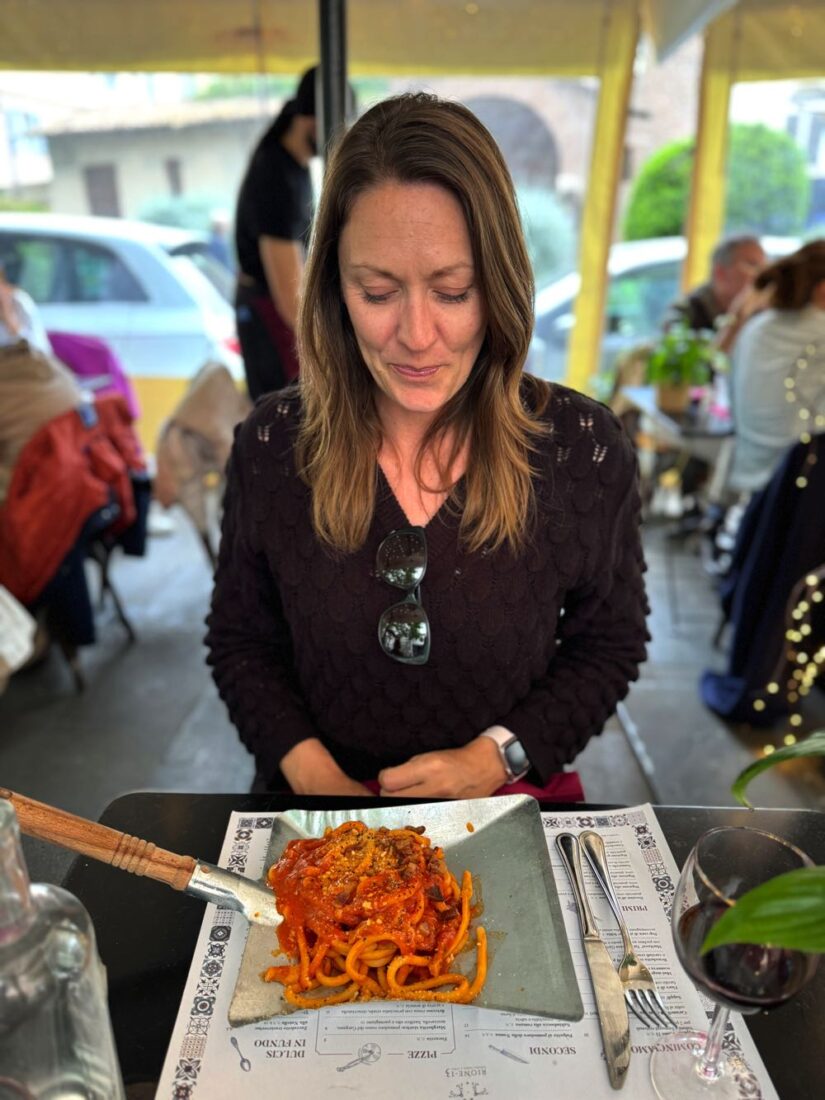
Other renowned foodstuffs of Florence include the hearty Florentine steak, in a city celebrated in Sicily by the delectable sweets, including cannoli and cassata.
Anything should be tasted in the Amalfi Coast of sampling seafood or having truffles in Piedmont is a must-try thing for any food enthusiast.
Signature dishes of every region make Italy the final destination for every food enthusiast.
Try out the real Italian food by visiting local markets, joining a cooking class, or getting to know Tuscany’s famous wine production.
6. Entry Timings, Fees, and Special Rules for Major Attractions
If Italy is rich with all kinds of world-famous landmarks, some planning is needed to visit these places of interest.
Remember the opening hours, fee, and conditions for attractions so as not to be disappointed.
1. Colosseum (Rome)
- Hours: Open daily 9:00 AM – 7:00 PM (Last entry 6:00 PM).
- Price: €16 adults, reduced price for EU citizens 18-25, free for under 18.
- Tip: Do not stand in line, but rather purchase your entry ticket online, reducing your waiting time for entry.
- Special Rules: No large bags allowed as well and mandatory security checks in place.
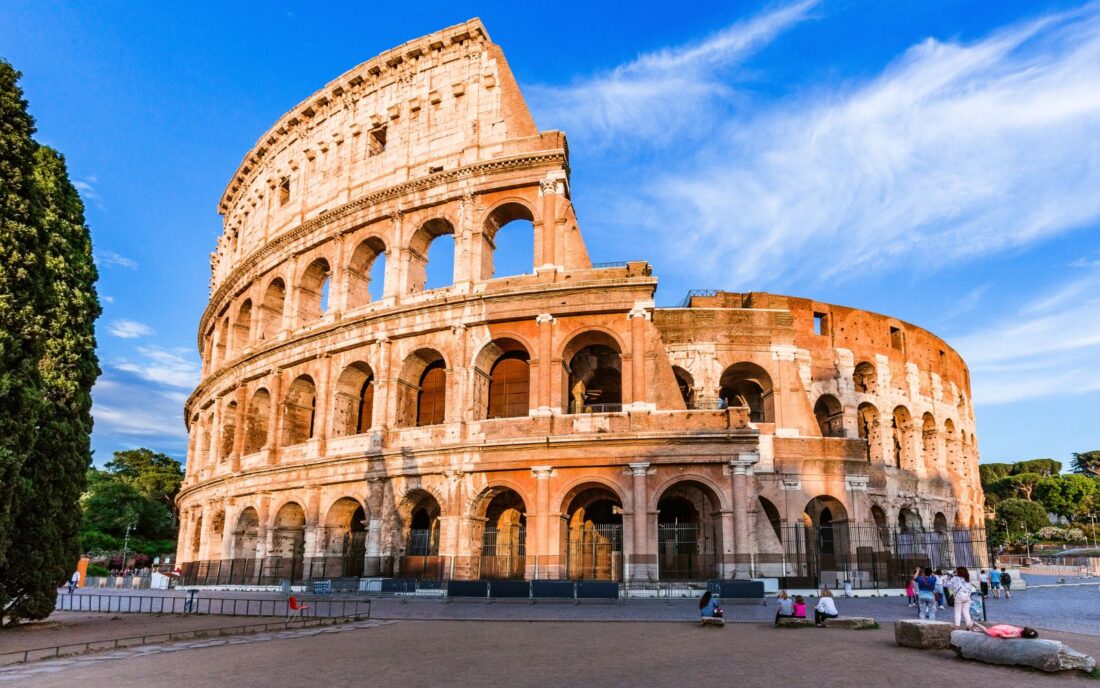
2. Vatican Museums (Vatican City)
- Hours: 9:00 AM – 6:00 PM, Closed Sunday, except last Sunday of each month and free entry.
- Price: €17 for standard entry or book a tour at GetYourGuide.
- Dress Code: No shorts or skirts and no sleeveless tops allowed.
- Notes: Free entry days tend to get crowded – show up early.
3. Uffizi Gallery (Florence)
- Hours: 8:15 AM – 6:50 PM Closed Mondays.
- Price: For Adults: €20 or book on GetYourGuide. No charge the first Sunday after the first Monday of the month.
- Tip: Purchase your tickets in advance to avoid waiting in ticket counters when possible.
- Special Rules: Limited areas for photos, no loud noises.
4. St. Mark’s Basilica (Venice)
- Opening Hours: 9:30 AM to 5:15 PM.
- Ticket Price: Visitors do not pay to enter the main basilica (though extras cost a fee). Or book a tour on GetYourGuide.
- Dress Code: Modest attire—no sleeveless tops or short skirts.
- Photography: Not allowed inside.
5. Leaning Tower of Pisa (Pisa)
- Opening Hours: 9:00 AM to 8:00 PM (seasonal).
- Ticket Price: The fee to get into the tower is €20, but students and children can get discounts.
- Booking Tips: Online reservations are recommended. Try GetYourGuide.
- Special Rules: The entry is limited, and children under eight years cannot climb the tower.
6. Pompeii Archaeological Site (Naples)
- Opening Hours: Access from 9:00 AM to 7:00 PM in summer and from 9:00 AM to 5:00 PM in winter.
- Ticket Price: Adult admission is €16, but special rates are available to members of the EU. Book on GetYourGuide
- Special Rules: Select footwear appropriate for uneven walks.
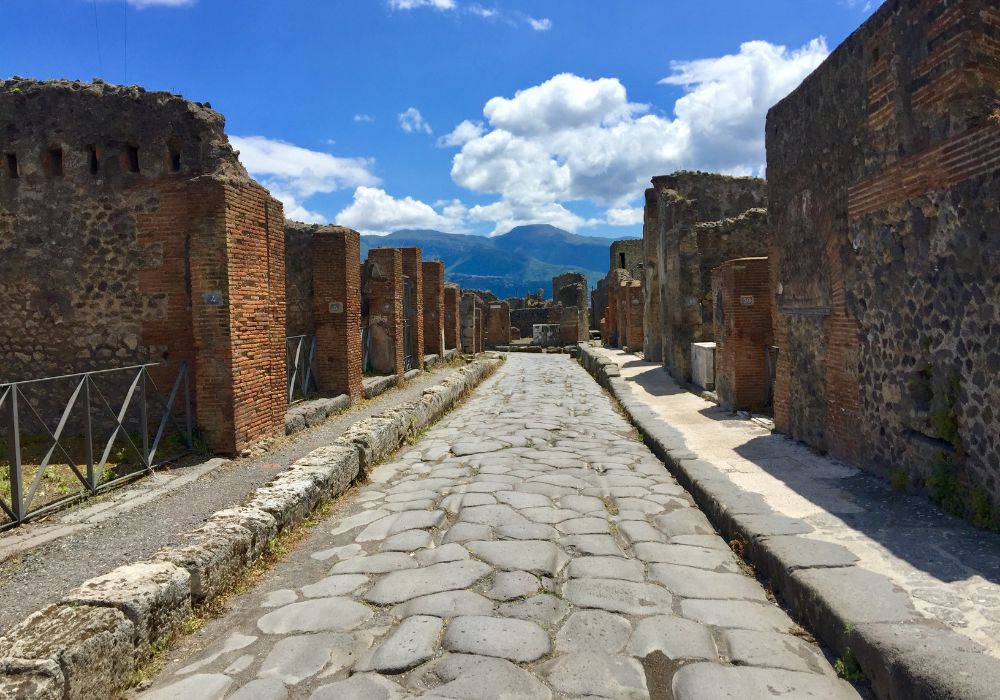
7. Galleria Borghese (Rome)
- Opening Hours: 9:00 AM to 7:00 PM, closed on Mondays.
- Ticket Price: €15, reservations mandatory.
- Booking Tips: Limited slots—book early on GetYourGuide.
- Special Rules: There are lockers for storing bags.
7. Travel Essentials: What to Pack for Italy
Adventuring through Italy’s diversely and challenging weather can be expensive, but a smart packing strategy will make your journey enjoyable and seamless.
It is advisable to pack what is best in terms of the time of the year, region and the activities scheduled for your trip.
Read More: Best Time To Visit Italy
1. Clothing Essentials: Dressing for Every Season
Summer (June to August):
- Choose fabrics that make you feel calm and comfortable throughout the day.
- A t-shirt, shorts, a sundress and a wide-brimmed sun hat should be in your bag if you get too hot on sunny days.
- As you go to Italy, remember to pack some sunglasses and a good sunscreen to be safe from the harsh Italian sun.

Spring and Fall (April-May, September-October):
- Layers are your best friend.
- Pack T-shirts, a cozy sweater, and an easy-to-wear jacket to roll when it gets cold or hot.
Winter (November to March):
- Bring warm layers when visiting northern cities such as Milan, Venice or the Dolomites if you know you will be there.
- Bring a Coat, Scarf, gloves, and a hat.
- Snow is possible in some of Italy’s higher regions in winter.
Religious Sites:
- Depending on where you enter, it is important to dress respectfully; for instance, in the Vatican City, you enter St. Peter’s Basilica and the Duomo of Florence.
- Be conscious of your shoulders and knees being covered up while in places of worship.
2. Comfortable Footwear: Exploring with Ease
Having to spend so much time walking in Italy’s historic centers, you should take the time and money to invest in good, comfortable footwear.
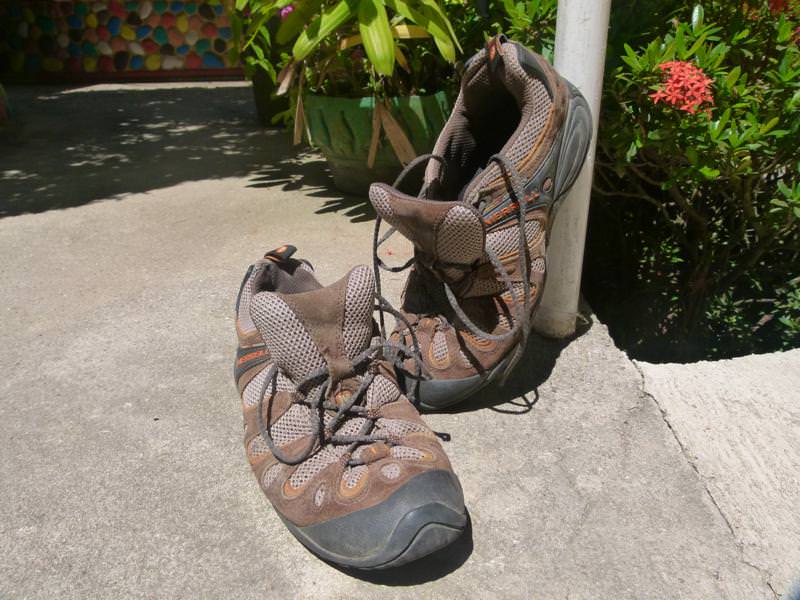
Prefer shoes with enough traction to navigate the crowded cobblestone streets of Rome, Florence or Venice.
If you will hike along Cinque Terre or the Amalfi Coast, use a secure pair of hiking shoes.
3. Tech Essentials for Modern Travelers
- Portable Charger: With your smartphone, you’ll have navigation, photography and connect at your fingertips. Ensure your device is powered during your trip, and use a portable power bank.
- Nomad eSIM: An easy way of maintaining your device connected without requiring you to shift SIM cards. Consistent internet access throughout Italy allows for map navigation, online ticket buying, and contacting family.
- Power Adapter: Types C, F, and L are used by the plugs in Italy. Check whether your adapter can take a C, F, and L junction, widely used in Italy.
4. Personal Care and Health Essentials
- Toiletries: Pack travel bottles of shampoo, conditioner, toothpaste, and other essential skincare products for your journey.
- Prescription Medications: Pack enough of your medication for your travel and carry a photocopy of your prescription.
- First-Aid Kit: Remember to include adhesive bandages, antiseptic wipes, pain relievers, and the personal medication you bring.
5. Hydration and Reusable Items
Many public fountains with safe drinking water are available in cities like Rome and Florence.
Carrying refillable water bottles is handy for keeping hydrated while reducing plastic waste on your journey.
Using a reusable bag for local markets reduces the impact on the environment.
8. Sustainable Tourism in Italy: Travel Responsibly
It has been the natural and cultural treasures of Italians that are worth being preserved, and visitors should help to save them.

To travel sustainably:
- Choose hotels or guesthouses that have obtained environmental certification systems.
- Get the sights by choosing any means of public transport or walking around the city.
- Support local economies by going for goods made by artisans.
- Be aware of plastic waste and use reusable items such as a water bottle and a shopping bag in your travel bag.
Planning to visit natural spots like the Dolomites? Follow park rules.
They exist to protect the environment.
In historic cities, respect local customs.
Avoid crowded spots during peak times to enjoy them without the rush.
9. Italy with Kids and Seniors: Family-Friendly Tips
Italy is a perfect family destination with something to offer every family member.
Undoubtedly, children will enjoy visiting Rome Colosseum, Venetian gondola tours and attending Florence’s interactive art class.
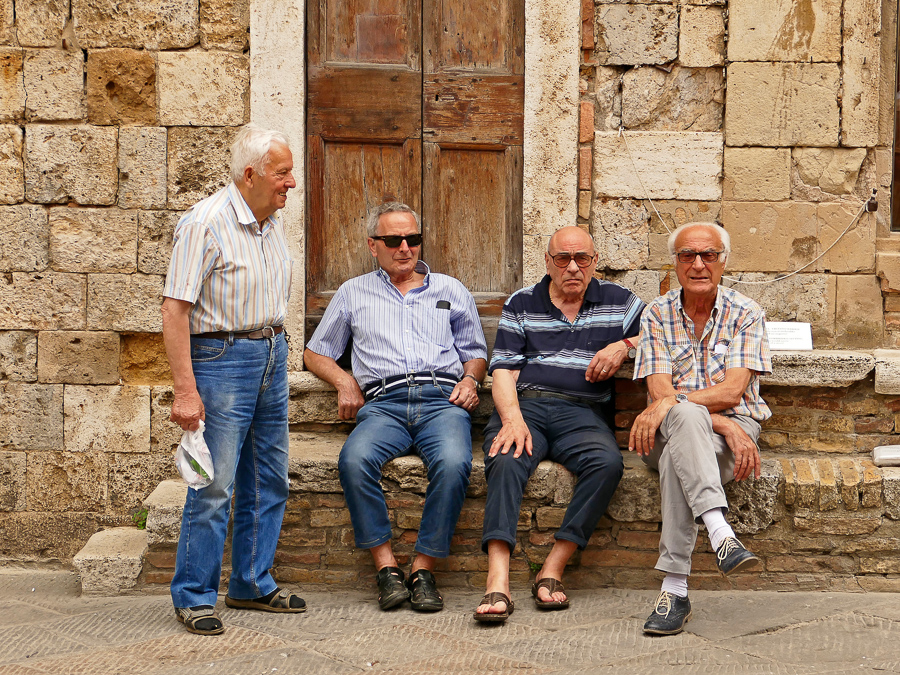
Older people can take advantage of Italy’s easy public transport and walkable cities, and it is easy to walk around to see the country’s attractions.
The retired enjoy reduced ticket rates and faster entrance to prime attractions like the Vatican Museums.
Specifically, hotels for families have cribs and babysitting services, while Tuscany’s villas have plenty of room for extended parties.
Make eating out fun by ordering pizza for children and healthy Mediterranean meals for seniors.
Travel insurance should be purchased for the case of any unexpected events, the most important to do it for seniors.
10. Safety and Health Tips for a Hassle-Free Journey
Travellers need not worry as Italy is a safe place if they take some simple measures.
When you are in popular spots such as Rome and Venice, hold your valuables as close as possible, remain aware and monitor events around you.
Make sure you drink a lot of fluids, especially during hotter seasons, by having a refillable water bottle in easy reach at all times.
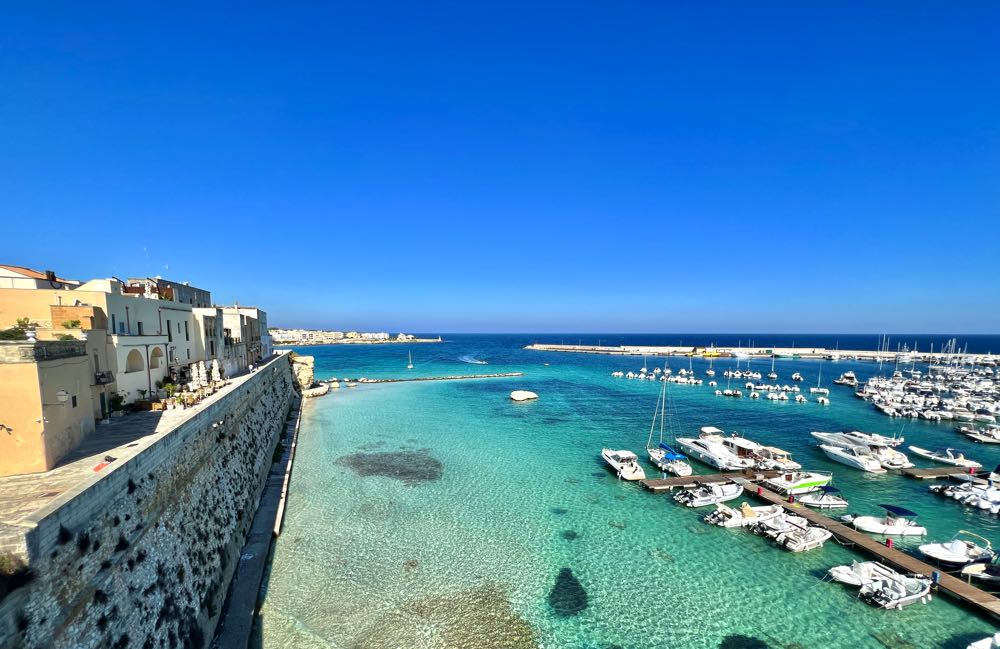
Avoid getting sunburnt by applying sunscreen regularly.
Choose shoes to support your comfort on the trip, and have a general first aid kit for minor injuries.
Great pharmacies and hospitals with proper equipment can be found in major cities in Italy.
Always carry a copy of passports and travel passes – just in case.
It would be wise to buy travel money that covers medical emergencies and last-minute cancellations of trips.
Embrace the Magic of Italy
From breathtaking views to historical importance and an energizing culture, there is something unique about Italy that every person can enjoy.
You will see that every part of Italy, from ancient ruins to serene lakes, has its own story that only it can bring forth.
Be well organized, believe in digital SIM for easy internet and create lasting memories.
Your Italian adventure awaits—buon viaggio!
The post The Ultimate Travel Guide to Italy (For First Timers) appeared first on Goats On The Road.
I spent three amazing weeks traveling through Italy last summer, and I’m still daydreaming about it! This country absolutely stole my heart with its incredible mix of history, art, and natural beauty that literally feels like wandering through an open-air museum. Trust me when I say that Italy offers something for every type of traveler. ... Read more
The post The Ultimate Travel Guide to Italy (For First Timers) appeared first on Goats On The Road. Read More
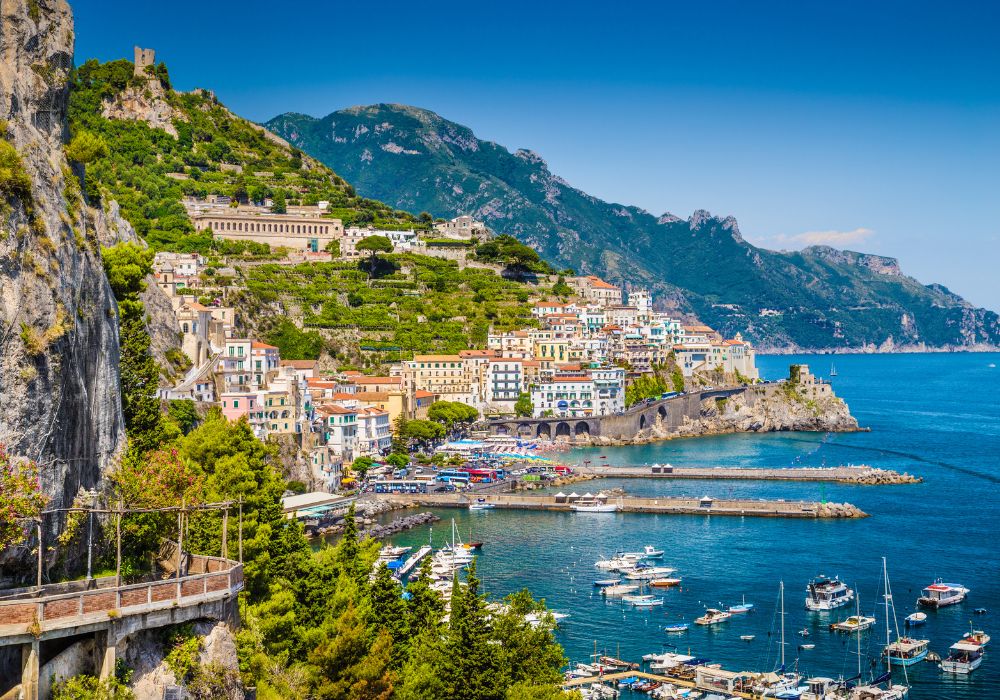
dianabol deca cycle
dianabol dosage cycle
hgh cycle dosage bodybuilding
anabolic steroids supplements